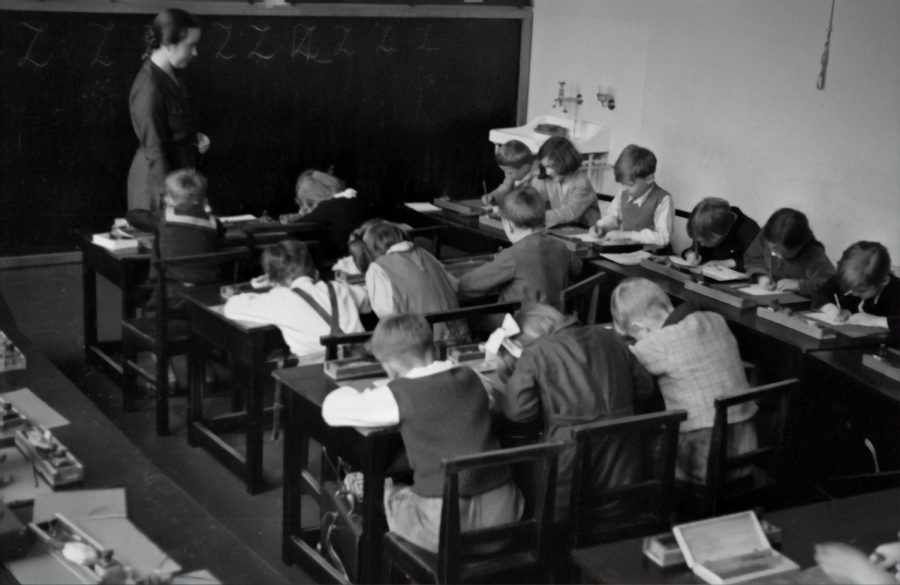Overcrowded Classrooms, Hindering Quality of Education
After two years of being told to maintain a distance of 6′ apart, stay outside with ventilation, and wear your mask properly over your nose, students are back into cramped classrooms with poor ventilation. Besides one’s health, this overcrowding produces serious damage to one’s education.
September 2, 2021
Here at San Pasqual High School, our average class size rests at 35 students per classroom. Researchers generally believe that the ideal class size is eighteen students. Meaning our average is nearly double the ideal number.
“Classes function noticeably better when they are smaller,” states San Pasqual junior Quinten Gross blatantly. He believes that large classes can be rowdy and fall behind.
San Pasqual social science teacher Mr. Brian Anderson makes a similar remark. “I can give more attention to all of my students when class sizes are smaller,” states Anderson.
He further explains that he can give better feedback and everyone the attention they deserve. “When I have an oversized class I am spread too thin and can’t perform my job at the quality I want.”
Supporting the idea that small classes provide a better performance CEDS, a Brookings Institution report declares that “24 states either require or actively promote a reduction in class size.”
Another survey conducted in Tennessee found that “smaller class sizes produce substantial improvement in learning and cognitive skills, an achievement that is about double the size of larger classes.”
“Overcrowded classrooms have an extremely negative impact on students and teachers alike,” states Clypian. Classroom sizes directly correlate to test scores, attendance, academic performance, and a desire to learn. Large classrooms only increase the stress and workload for the teacher and hinder the quality of education for the students.



